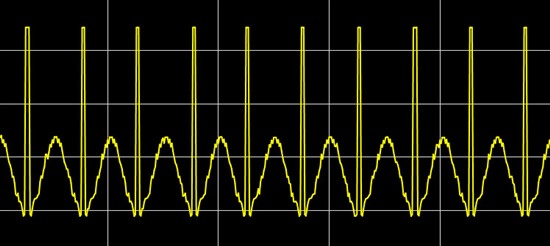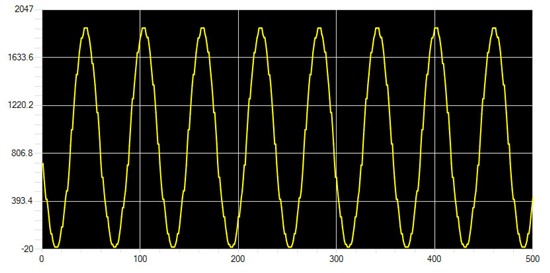Please see the picture below,
I am converting a sine wave, the lowest voltage get "clipped off" and returned the highest possible ADC conversion number.
I am new in this field, is this a well known phenomenon that ADC tends to mistake the "close to 0V" as the "VREF" and return the highest possible number (for 12 bit, 4095)? And how to deal with this?
Thanks!



